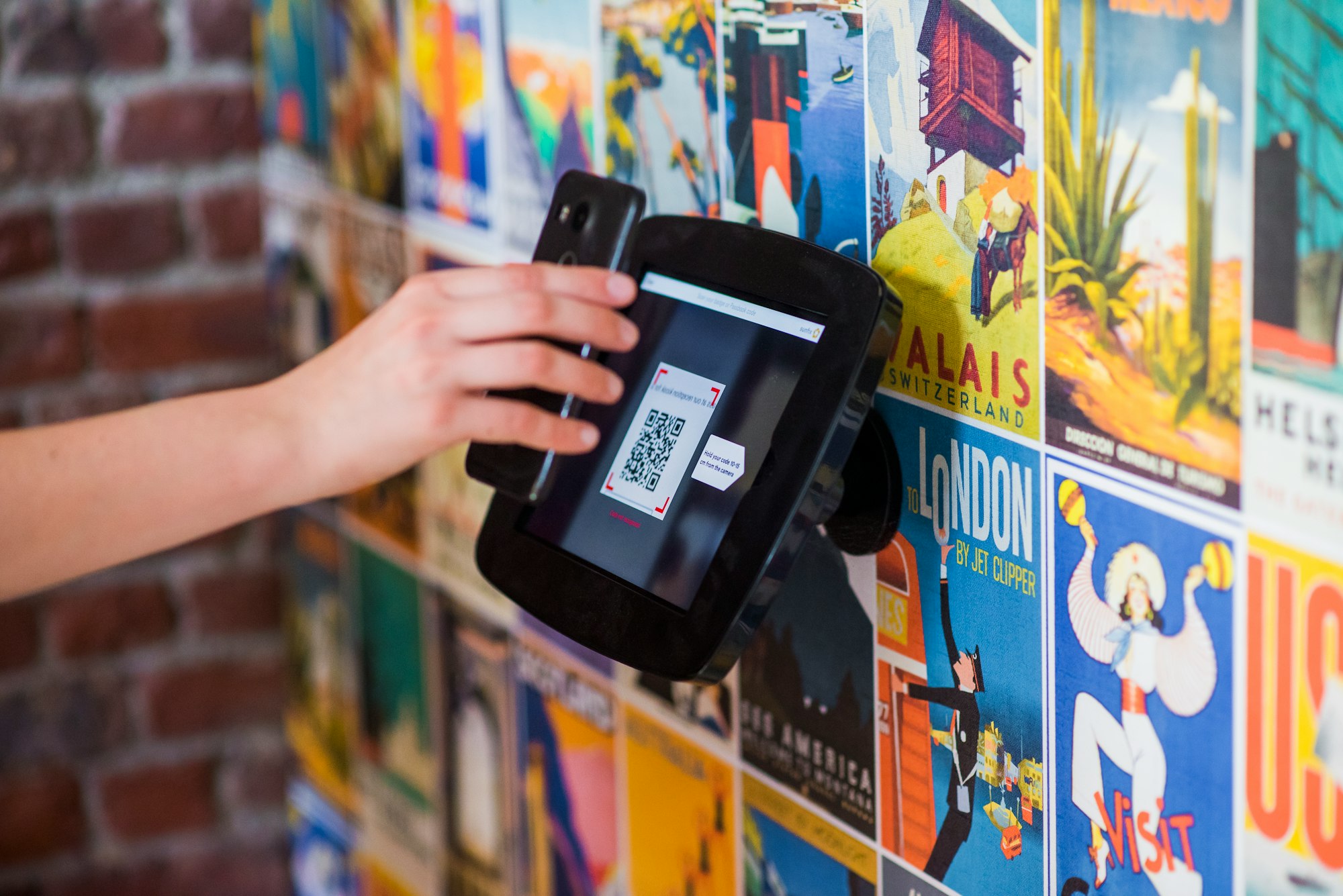
Cybersecurity has become a critical concern in a world dominated by artificial intelligence, where technology is rapidly evolving. As AI takes over various aspects of our lives, security tools have become more intelligent thanks to the power of automation. But amidst this technological revolution, a crucial factor remains that cannot be overlooked: the role of human expertise.
Picture a world where AI reigns supreme, automating tasks and analyzing data at an unprecedented scale. It seems like the perfect solution, right? However, even with the advancements in AI, there is a wall that technology alone cannot break through.
No matter how advanced AI becomes, it still requires human expertise to build and analyze systems, enabling AI to make better decisions. While AI can process vast amounts of information and identify patterns, it lacks the ability to fully comprehend the context and nuances that humans bring to the table.
AI needs human involvement and guidance to reach its full potential. As cybersecurity experts, we possess a wealth of knowledge and experience that can enhance AI's capabilities. By working hand in hand with AI, we can unlock a new level of cybersecurity effectiveness.
We must understand that AI is not here to replace us but augment our abilities. By embracing AI as a powerful tool, we can leverage its strengths while combining them with our own expertise to create a formidable defense against cyber threats.
However, as with any technological advancement, there is a flip side. Malicious actors can also harness the same AI that empowers us. Cyberattacks are becoming increasingly sophisticated, posing a significant challenge to our digital security. This is where the actual battle lies – between the good and the destructive use of AI.
As we navigate this AI-driven cybersecurity world, remember that the power to protect lies within us. By embracing AI as a tool and combining it with our human expertise, we can achieve remarkable achievements in safeguarding our digital landscape. With AI, we can continuously improve our defenses against cyberattacks, staying one step ahead of those who seek to exploit vulnerabilities.
Remember, AI is not a replacement for us but a catalyst for our transformation. We can build a future where human intellect and artificial intelligence harmoniously fortify cybersecurity.
https://bit.ly/44Soj7P
https://bit.ly/3XYeAuC
https://images.unsplash.com/photo-1680783954745-3249be59e527?crop=entropy&cs=tinysrgb&fit=max&fm=jpg&ixid=M3wxMTc3M3wwfDF8c2VhcmNofDIyfHxBSSUyMHdpdGglMjBodW1hbnxlbnwwfHx8fDE2ODk3OTIzMTR8MA&ixlib=rb-4.0.3&q=80&w=2000
https://guptadeepak.weebly.com/deepak-gupta/the-indispensable-role-of-human-expertise-in-an-ai-driven-cybersecurity-world




